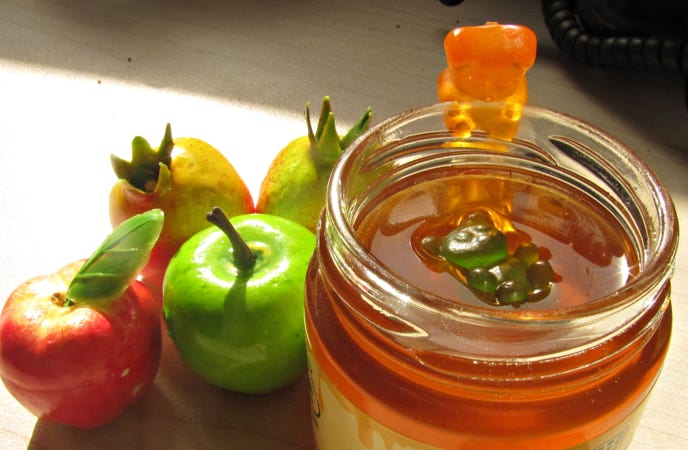
RASHI, RAMBAM and RAMALAMADINGDONG
A Quizbook of Jewish Trivia Facts & Fun

A Quizbook of Jewish Trivia Facts & Fun
Jews worldwide begin the celebration of Rosh Hashanah 5782 at sundown tonight. For the second year in a row, congregations are struggling to find appropriate ways to celebrate in a time of ongoing pandemic. Many synagogues are only holding online services, while others are meeting outdoors or limiting indoor attendance, or excluding those who are unvaccinated. But all are looking for a way to come together, as communities, as friends, as families, to celebrate the start of the new year. Some Sephardic and Mizrachi communities have traditionally included a seder as part of their Rosh Hashanah celebration. The tradition comes from the Talmud, Horayot 12a, where Abaye suggests that people should eat a variety of foods, including pumpkins, leaks, and dates. What else is traditionally included on the Rosh Hashanah seder plate, and why?
Rosh Hashanah | ראש השנה by Lilach Daniel is licensed under CC BY 2.0
A. A sheep head, symbolizing our wish to be heads and not tails, that is, leaders and not followers.
B. A cabbage head, which consists of multiple leaves tightly wound around each other, symbolizing the importance of the Jewish people embracing each other tightly for protection and support.
C. A chicken head, as a symbol that while we eat the body of the chicken, it is the head (in effect, the brain) that is the most important part of the animal, and by extension, humans.
D. A fish head, as a symbol that we should be fruitful and multiply like fish.
E. A horse head, symbolizing that when God (father) makes us an offer, we can’t refuse.
✡ ✡ ✡ ✡ ✡ ✡ ✡ ✡ ✡

© 2025 MMJZ Services, Inc.